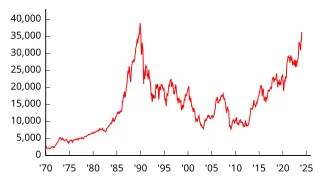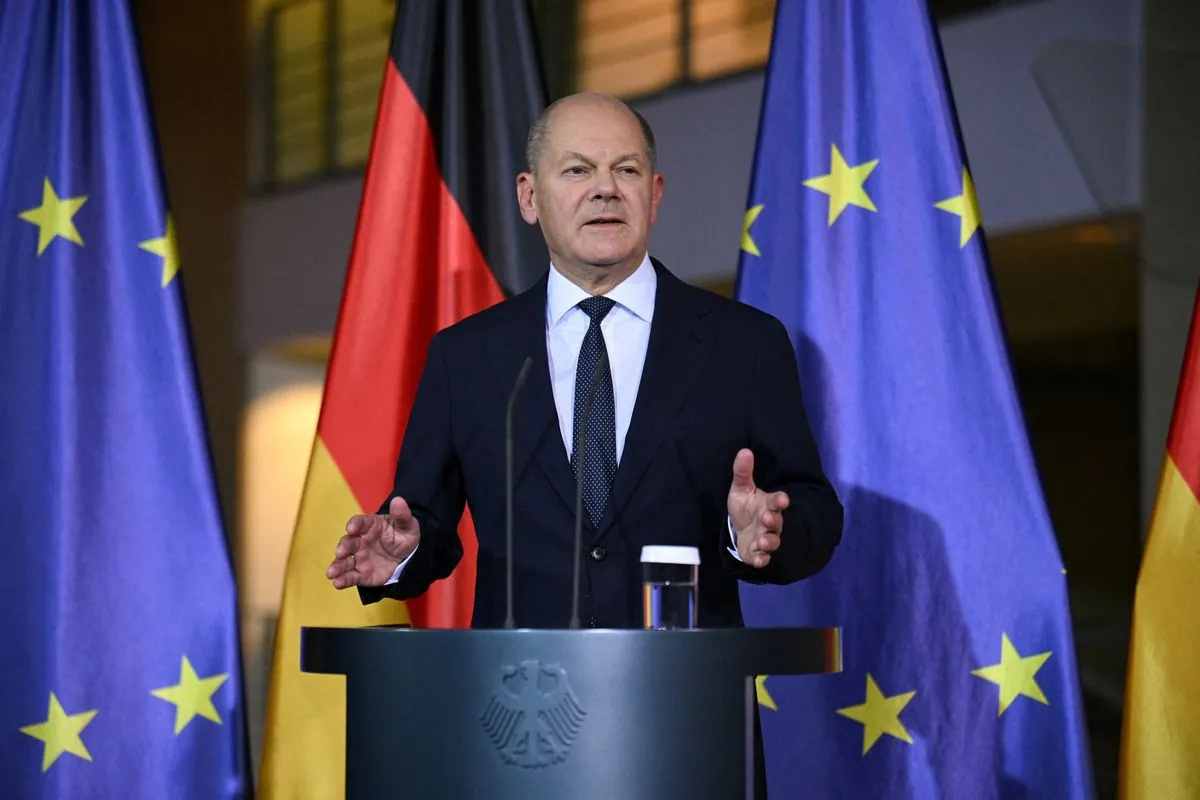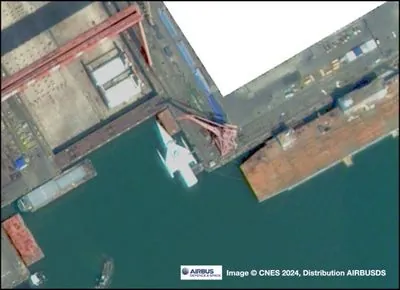Nikkei 225
The Nikkei 225, or the Nikkei Stock Average , more commonly called the Nikkei or the Nikkei index, is a stock market index for the Tokyo Stock Exchange (TSE). It is a price-weighted index, operating in the Japanese Yen (JP¥), and its components are reviewed twice a year. The Nikkei 225 measures the performance of 225 highly capitalised and liquid publicly owned companies in Japan from a wide array of industry sectors. Since 2017, the index is calculated every five seconds. It was originally launched by the Tokyo Stock Exchange in 1950, and was taken over by the Nihon Keizai Shimbun newspaper in 1970, when the Tokyo Exchange switched to the Tokyo Stock Price Index (TOPIX), which is weighed by market capitalisation rather than stock prices.

Some of the key events about Nikkei 225
- 1949The Nikkei 225 index was first published by the Nihon Keizai Shimbun newspaper
- 1970The index reached the 5,000 point mark for the first time
- 1983Nikkei 225 futures were introduced on the Singapore International Monetary Exchange
- 1986Nikkei 225 options began trading on the Osaka Securities Exchange
- 1988The index surpassed the 30,000 point level for the first time
- 1989The Nikkei 225 reached its all-time high of 38,957.44 points
- 1990Nikkei 225 futures began trading on the Chicago Mercantile Exchange
- 1990The Nikkei 225 experienced its largest single-day point drop, falling 14.9% in one session
- 1992The index fell to less than half its peak value from 1989, marking the bursting of Japan's economic bubble
- 1996The index composition was changed to better reflect the Japanese economy
- 1997The Asian financial crisis led to significant declines in the Nikkei 225
- 2000The index dropped sharply due to the bursting of the dot-com bubble
- 2001The Nikkei 225 became a free-float adjusted index
- 2001The Nikkei 225 fell below 10,000 points for the first time in 17 years
- 2008The global financial crisis caused the Nikkei to lose nearly half its value
- 2011The index plummeted following the Tōhoku earthquake and tsunami
- 2013The index surpassed the 16,000 mark for the first time in six years, signaling economic recovery
- 2013The Nikkei 225 experienced its largest single-day percentage drop since the 2011 earthquake
- 2016The index saw its worst start to a year in its history, falling over 20% in the first two months
- 2020The COVID-19 pandemic triggered a significant market crash, with the Nikkei 225 falling over 20% in March
Disclaimer: This material is written based on information taken from open sources, including Wikipedia, news media, podcasts, and other public sources.





























